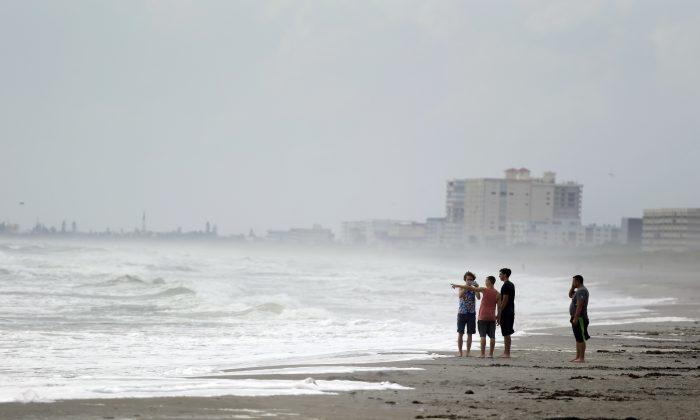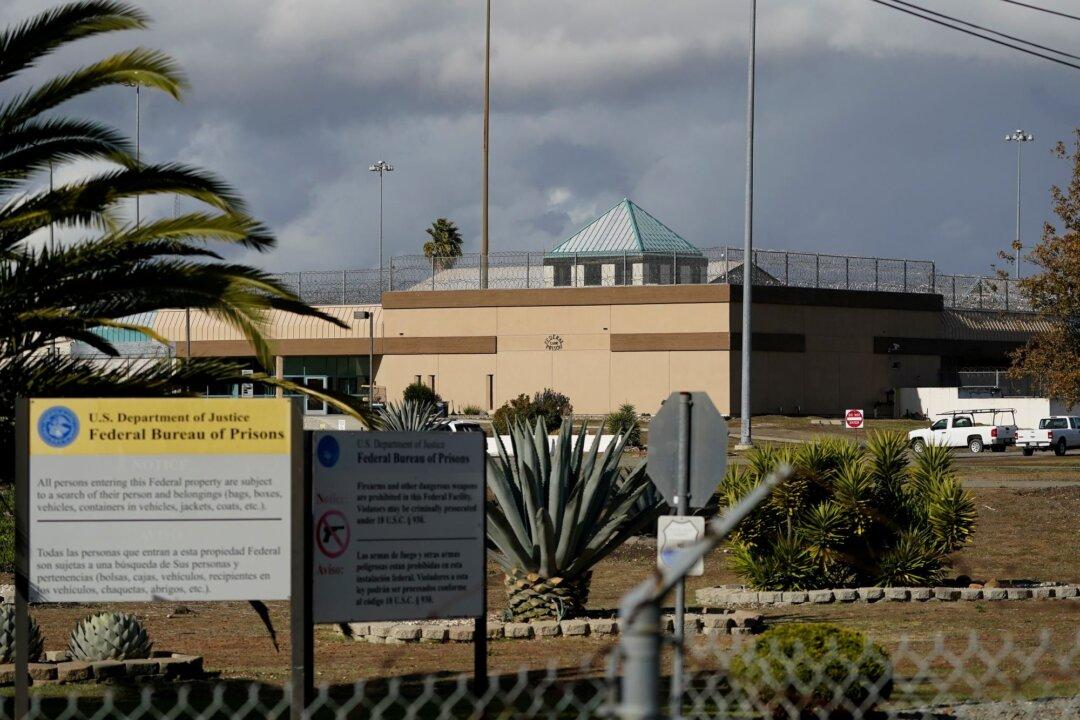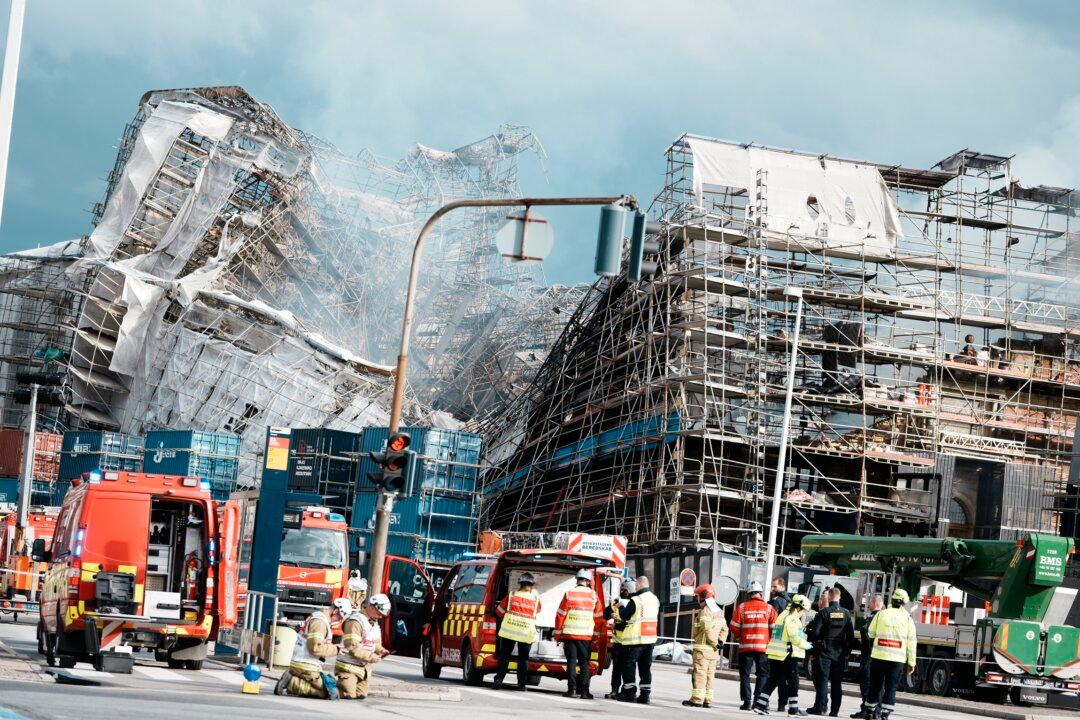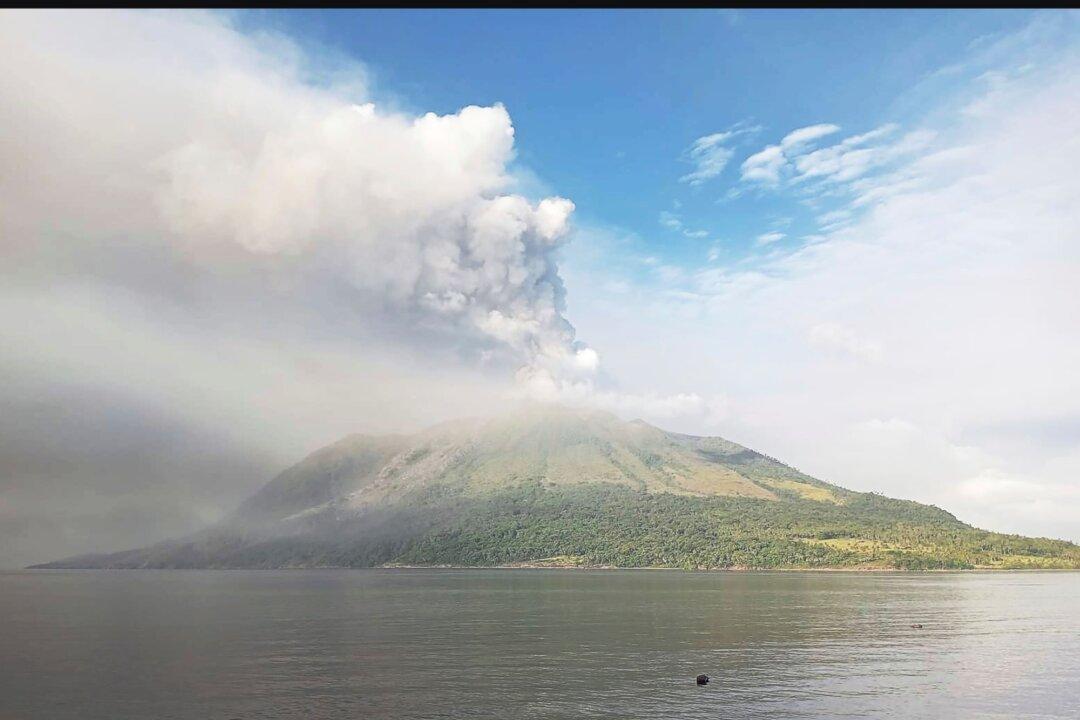CAPE CANAVERAL, Fla.—Leaving more than 100 dead in its wake across the Caribbean, Hurricane Matthew steamed toward Florida with terrifying winds of 140 mph Thursday, and 2 million people across the Southeast were warned to flee inland.
It was the most powerful storm to threaten the Atlantic coast in more than a decade.
“The storm has already killed people. We should expect the same impact in Florida,” Florida Gov. Rick Scott said as the skies began darkening from Matthew’s outer bands of rain.
The hurricane gained fury as it closed in, growing from a possibly devastating Category 3 storm to a potentially catastrophic Category 4 by late morning.
It was expected to scrape nearly the entire length of Florida’s Atlantic coast beginning Thursday evening. From there, forecasters said, it could push its way just off the coast of Georgia and South Carolina before veering out to sea.
About 2 million people in Florida, Georgia and South Carolina were told to head for safety, and interstate highways were turned into one-way routes to speed the exodus. Scott said Florida could be looking at its biggest evacuation ever.
[gallery size=“medium” ids=“2168131,2167950,2167951,2167952,2167953,2167954,2167955,2167956,2167957,2167958,2167959,2167960,2167962,2167963,2167964”]
Many boarded up their homes and businesses and left them to the mercy of the storm.
Daniel Myras, who has lived for 25 years in Daytona Beach, where he owns the Cruisin Cafe two blocks from the boardwalk, struggled to find enough plywood to protect his restaurant.
“We’re not going to take any chances on this one,” he said. “I have the feeling that this one is the one that makes Daytona realize that we need to get ready for storms.”
He added: “A lot of people here, they laugh, and say they’ve been through storms before and they’re not worried. But I think this is the one that’s going to give us a wake-up call.”
Forecasters said Matthew’s fiercest winds appeared unlikely to strike Miami or Fort Lauderdale, the most densely populated areas in Florida, with about 4.4 million residents. Those cities were expected to get tropical storm-force winds of between 39 mph and 73 mph.
Instead, forecasters said the West Palm Beach and Cape Canaveral areas farther north could get the brunt of the storm. More than 1.3 million people live in Palm Beach County and about 568,000 in Brevard County, home to Cape Canaveral and NASA’s Kennedy Space Center.
The last Category 3 storm or higher to hit the U.S. was Wilma in October 2005. It sliced across Florida with 120 mph winds, killing five people and causing an estimated $21 billion in damage.
As people hurried for higher ground, authorities in South Carolina said a motorist died on Wednesday after being shot by deputies in a gun battle that erupted after he sped away from a checkpoint along a storm evacuation route.
Matthew killed at least 114 people in the Caribbean as it roared through Haiti, Cuba and the Bahamas. Officials said at least 108 of those deaths were in desperately poor Haiti, where many towns were cut off by the storm and the magnitude of the death and destruction was just beginning to come into focus two days later.
In the Bahamas, authorities reported many downed trees and power lines but no immediate deaths.
As of 1 a.m. EDT, Matthew was 145 miles southeast of West Palm Beach, Florida, moving toward the city at about 14 mph. Nearly all of Florida’s Atlantic coast and Georgia’s entire coast were under hurricane warnings.
With hurricane-force winds extending outward up to 60 miles from the storm’s center, Matthew could wreak havoc along the coast even if it were to stay just offshore.
Forecasters said it could dump up to 15 inches of rain in some spots and cause a storm surge of 9 feet.
Patients were transferred from two Florida waterfront hospitals and a nursing home near Daytona Beach to safer locations.
In inland Orlando, Walt Disney World, Universal Studios and SeaWorld announced plans to close early.
The Fort Lauderdale Airport closed late in the morning, and the Orlando airport planned to shut down as well. Airlines canceled more than 2,800 flights scheduled for Thursday and Friday, many of them in or out of Miami and Fort Lauderdale.
Some coast residents decided to take their chances and stay.
Deborah Whyte walked her dogs at Jupiter Beach Park in the morning to check the surf.
“We boarded up our house and I boarded up my store” in Tequesta,“ she said. ”And we’re just hunkering down and waiting for it.”
Georgia Gov. Nathan Deal ordered a mandatory evacuation of the entire Georgia coast, covering more than a half-million people. The Georgia coast hasn’t seen a hurricane evacuation since 1999, when it narrowly escaped Floyd.
On Georgia’s Tybee Island, Loren Kook loaded up his pickup truck with suitcases and a computer and planned to drive to metro Atlanta.
“It seems like a lot of the longtime residents are staying,” said Kook, who moved to the coast four years ago. “I’ve never sat through a Category Whatever. I'll watch it on TV.”






Friends Read Free